- Home
- Multimedia
- Photo Gallery
- World Environment Day: A planet to live for
World Environment Day: A planet to live for
Declarations of climate emergency had reached a crescendo, when the pandemic brought us all to a standstill. In the abrupt quiet, we heard the birdsong, and signs that a lesser human footprint could help the environment regenerate itself. But it can't be at the improbable cost of shutting down an intricate machinery of economies and human endeavour. On occasion of the World Environment Day, what then do we hope for this living planet to be?
Curated By:
Madhu Kapparath
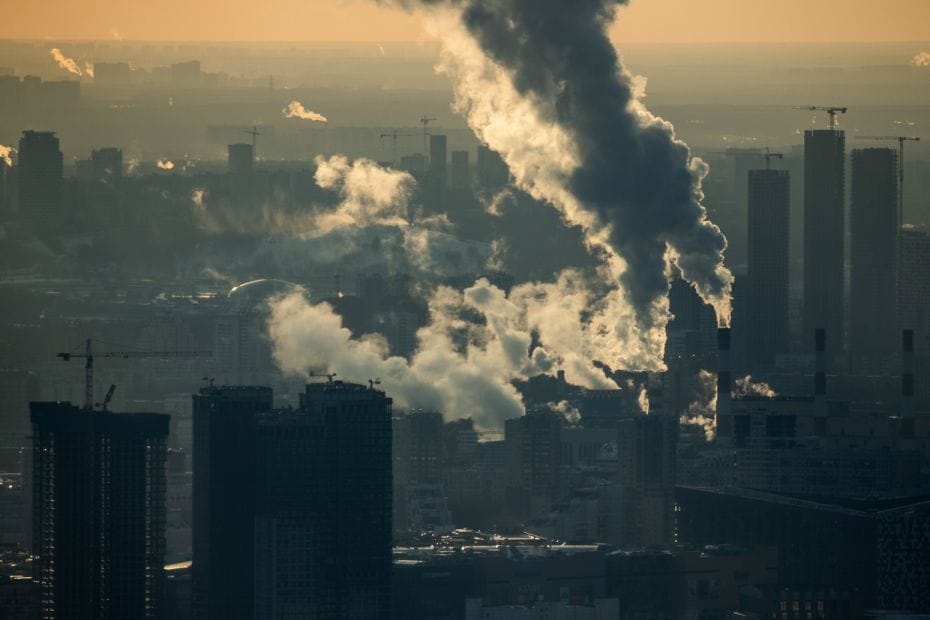
Image by : Maxim Shemetov / Reuters
1/14
Steam rises from chimneys of a heating power plant in Moscow, Russia. February 08, 2020
The changing climate of the planet and the growth in population and riches are both driven by the combustion of billions of tonnes of fossil fuel to produce industrial power, electricity, transport and computation. What’s at stake is a world on a course to warm by more than 3 degrees this century—a disastrous scenario.A first-of-its-kind biodiversity report by Intergovernmental Science-Policy Platform on Biodiversity and Ecosystem Services (IPBES) declared that 75% of Earth’s land surface and 66% of marine environments have been significantly altered and that over 85% of wetland area has been lost
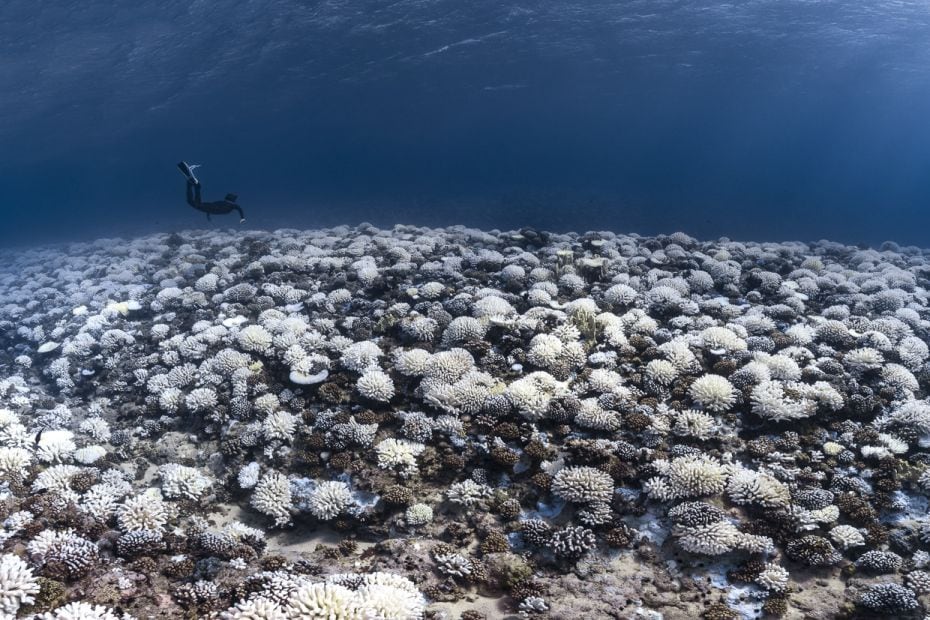
Image by : Alexis Rosenfeld / Getty Images
2/14
Major bleaching on the coral reefs of the Society Islands, French Polynesia. May 09, 2019
The world’s oceans have absorbed 90% of the excess heat generated by greenhouse gas emissions, leading to increased acidification, and loss of oxygen at great depths. The rate of ocean warming has doubled since 1993, triggering devastating storm surges, cyclone landfalls and depletion of fish stocks. It is also leading to large-scale coral bleaching, with massive ramifications as they support 25% of the marine ecosystem.
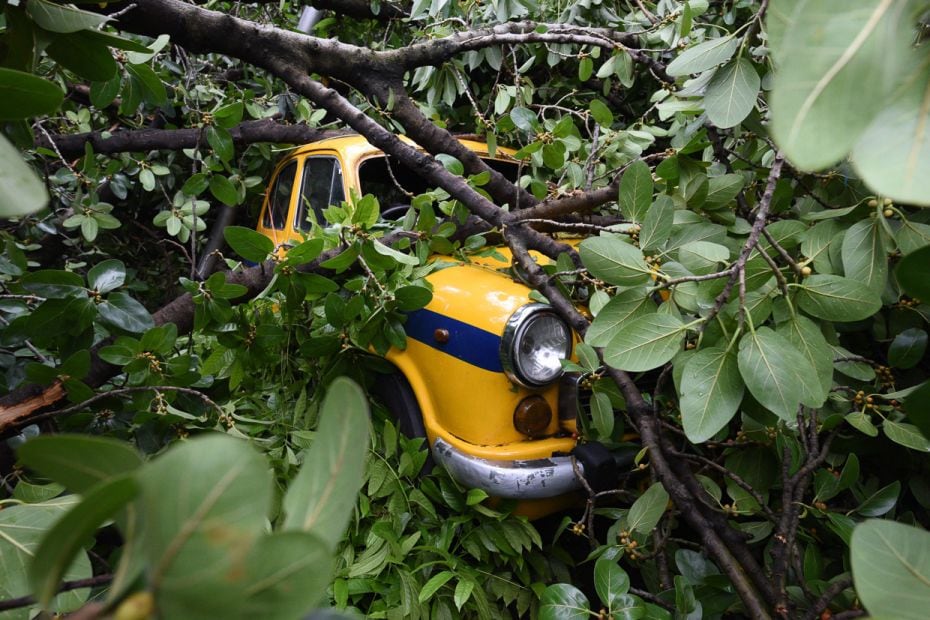
Image by : Samir Jana / Hindustan Times via Getty Images
3/14
A taxi under an uprooted tree in the aftermath of Cyclone Amphan, Kolkata, India. May 21, 2020
Studies reveal that surface temperature of the Arabian Sea has been rising since 1997 due to carbon emissions, turning the sea restive, spelling trouble for India’s western coast. India had witnessed the severe impact of climate change in 2018, when between April and June, over 50 cyclones hit 16 states, killing over 1,000 people and destroying crops. Global sea levels could rise by 6.5 feet and displace tens of millions of people by the end of the century
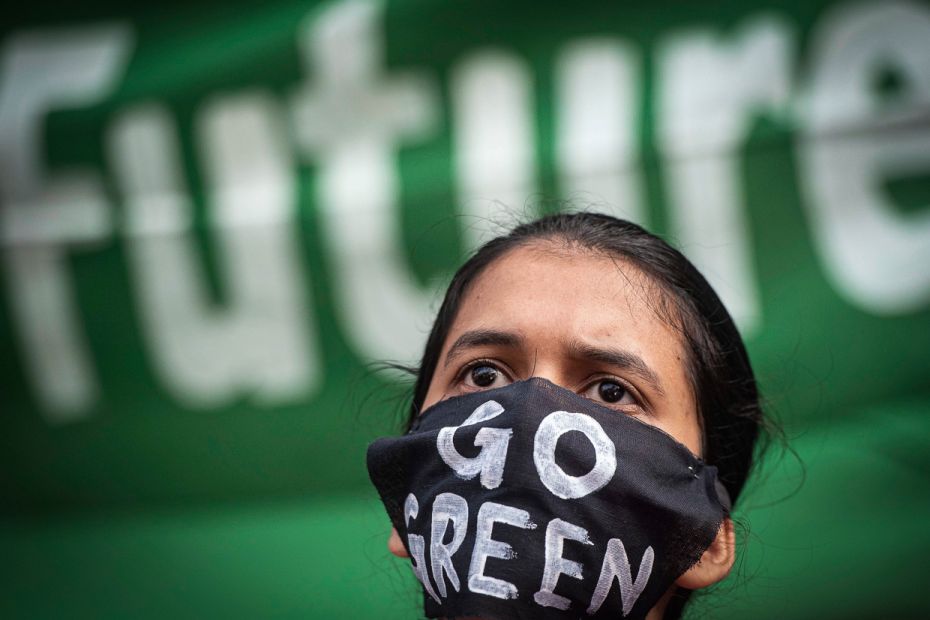
Image by : Pratham Gokhale / Hindustan Times via Getty Images
4/14
A schoolgirl at an awareness march on climate change in Pune, India. November 29, 2019
While marchers were urging governments for rapid action to limit global warming, sweltering classrooms and lethargic students led to school shutdowns around the world. Eco-anxiety, described as the chronic fear of environmental doom, is on the rise, especially among young adults. It is as real as the tragedy of climate change that is unravelling before our eyes and the conflicted feelings that come with it.
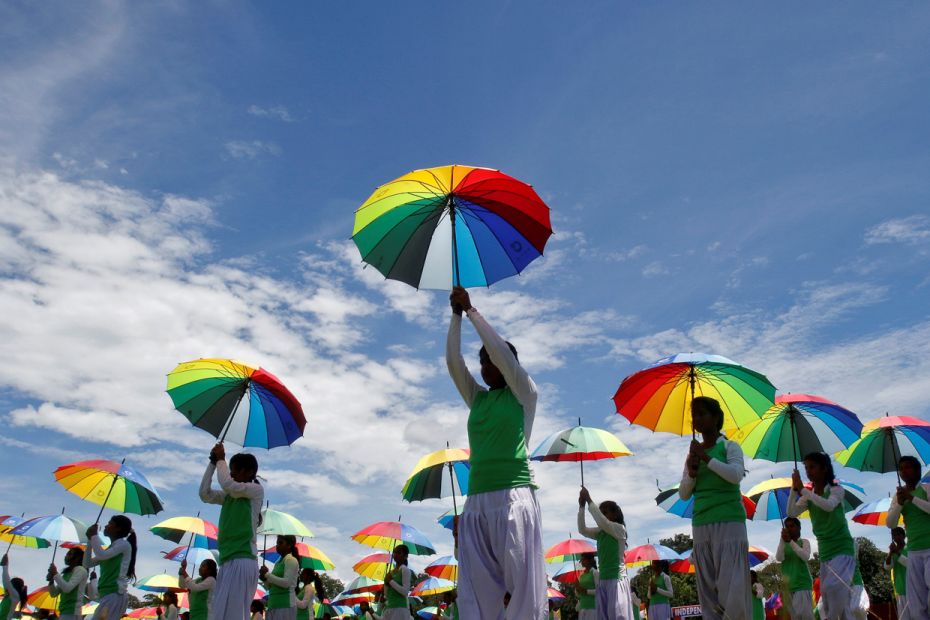
Image by : Jayanta Dey / Reuters
5/14
School girls at a celebration in Agartala, India. August 15, 2018
Climate change has now entered the classroom, and schools are recognising the need to prepare students for climate change. Centre for Science and Environment (CSE) runs a green school programme, where students from participating schools conduct environmental audits of energy and water consumption. Over 6,000 schools are enrolled in the CSE programme.
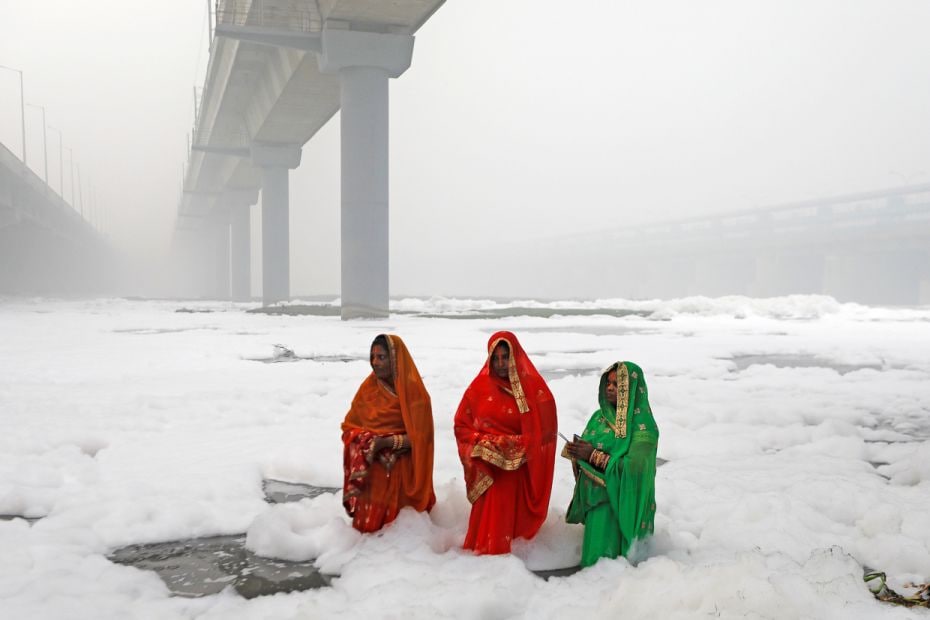
Image by : Adnan Abidi / Reuters
6/14
Women pray on Chhath Puja in the polluted waters of Yamuna river in New Delhi, India. November 03, 2019
Air pollution was the theme of World Environment Day last year. India is fighting alarming air pollution levels that claims thousands of lives annually. UP, Maharashtra, Bihar, Bengal and Rajasthan accounted for over 50% of all pollution-related deaths in India. In addition, UP, Haryana, Andhra and Gujarat alone have 84% of grossly polluting industries, discharging hazardous chemicals and over 100 kilolitres of wastewater every day

Image by : Rupak De Chowdhuri / Reuters
7/14
Residents await a municipal water tanker in Kolkata, India. March 22, 2017
India has only 4% of the global fresh water resources while it has to quench the thirst of about 18% of the world population. Of the total fresh water resources, 78% was being used for irrigation a decade ago. With hardly any effective regulation, the policy of cheap or free power supply for irrigation has led to a situation of near-anarchy in the use of groundwater. In places like Punjab, the water table is going down by a metre a year. Niti Aayog had declared recently that 21 major Indian cities could run out of groundwater by 2020, affecting access for 100 million people.
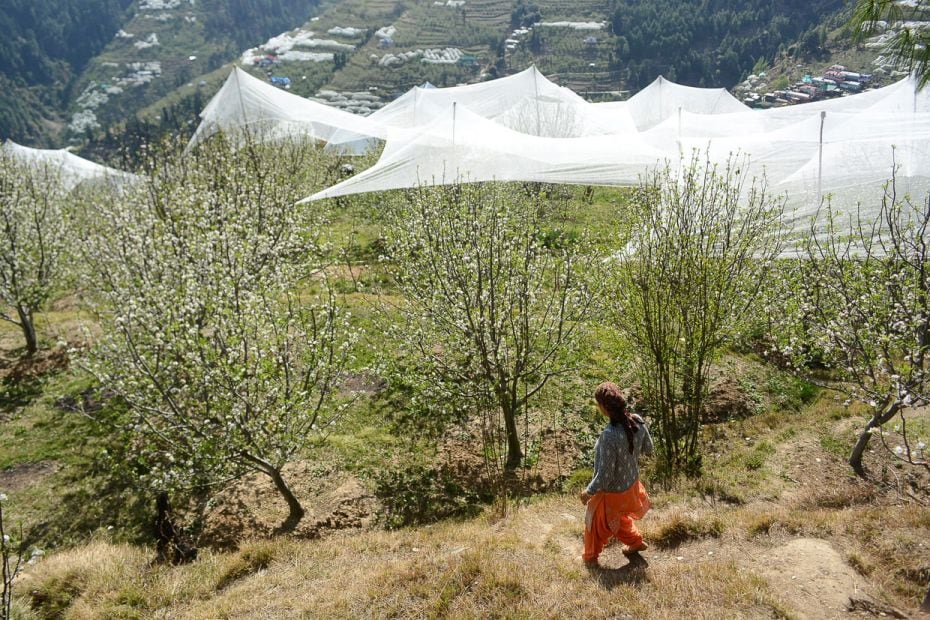
Image by : Deepak Sansta / Hindustan Times via Getty Images
8/14
Blooming apple trees with anti-hail nets in Shimla, India. April 16, 2018
Climate change has caused Himalayan glaciers to melt twice as fast since 2000, according to a study by researchers at Columbia University, who analysed satellite images of 650 glaciers across 2,000 kms of the Himalayas. The biggest effects of the melt will be felt downstream where livelihoods are mediated by snowmelt, like apple growers in Himachal. Millions of people living in the Ganges basin will be impacted by flooding as the melt triggers change in weather patterns
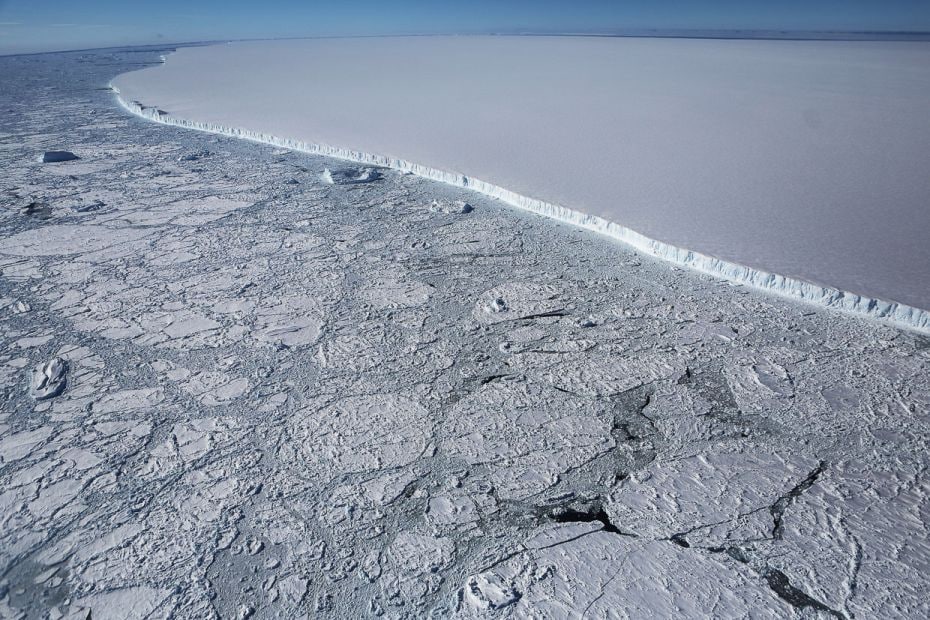
Image by : Mario Tama / Getty Images
9/14
A massive, calved iceberg seen from a research aircraft, Antarctic Peninsula region. October 31, 2017
Scientists at Germany’s Potsdam Institute for Climate Impact Research suggested a last-ditch engineering project to blanket a West Antarctic ice sheet’s surface with 7,400 gigatonnes of artificial snow over 10 years to stop it from sliding into the ocean and trigger a sea level rise, submerging coastal cities. People found the idea as preposterous as building protective domes to cover our cities or moving people to another planet to escape the troubles here.
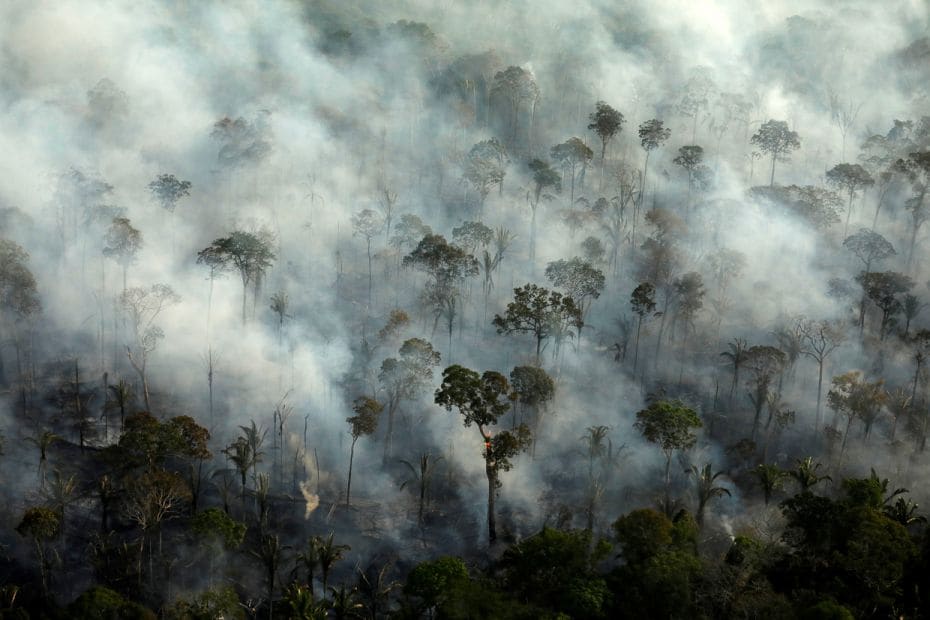
Image by : Bruno Kelly / Reuters
10/14
Smoke billows from a fire in the Amazon rainforest, Rondonia State, Brazil. September 10, 2019.
Restoration of forests is a potential measure to combat climate change. A total of 1,20,000 sq km, of which some 36,000 km was pristine primary rain forest, was lost in the last decade, fuelled by El Nino conditions and uncontrolled fires. An increase of 1 billion hectares of forest will be necessary to limit global warming to 1.5 degree c by 2050, says a report by Intergovernmental Panel on Climate Change. How such reforestation could come about is being debated currently.
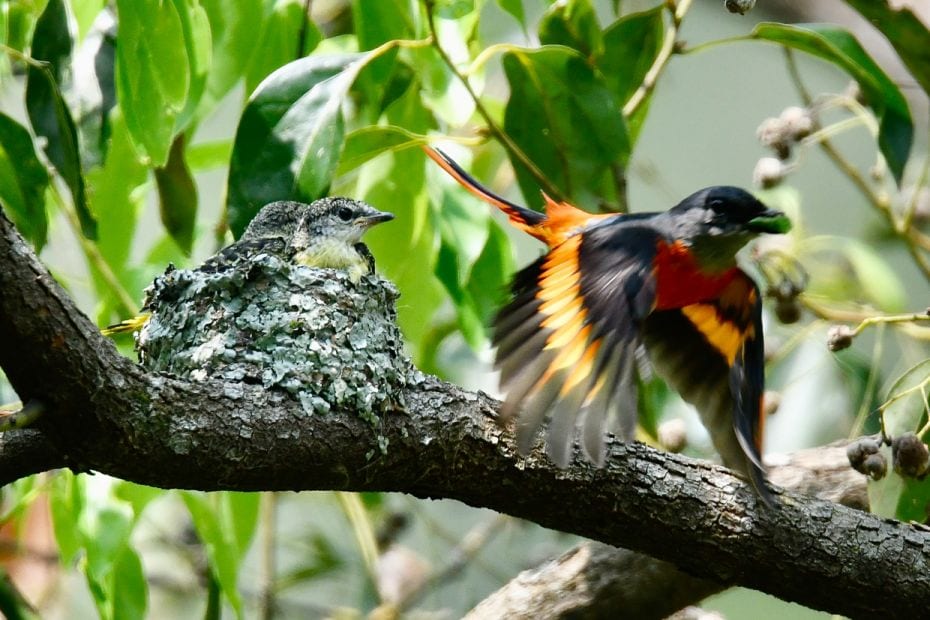
Image by : Sam Yeh / AFP via Getty Images
11/14
A male grey-chinned minivet flies past its chicks in Wulai District, New Taipei City. April 19, 2020
A single tree gives two humans clean air to breathe, while forming a home for multiple species. Trees cool the air and endow it with moisture, mitigating heat, removing upto two-thirds of pollutants induced into Earth’s atmosphere by human activity. A tree can shelter us from a storm.
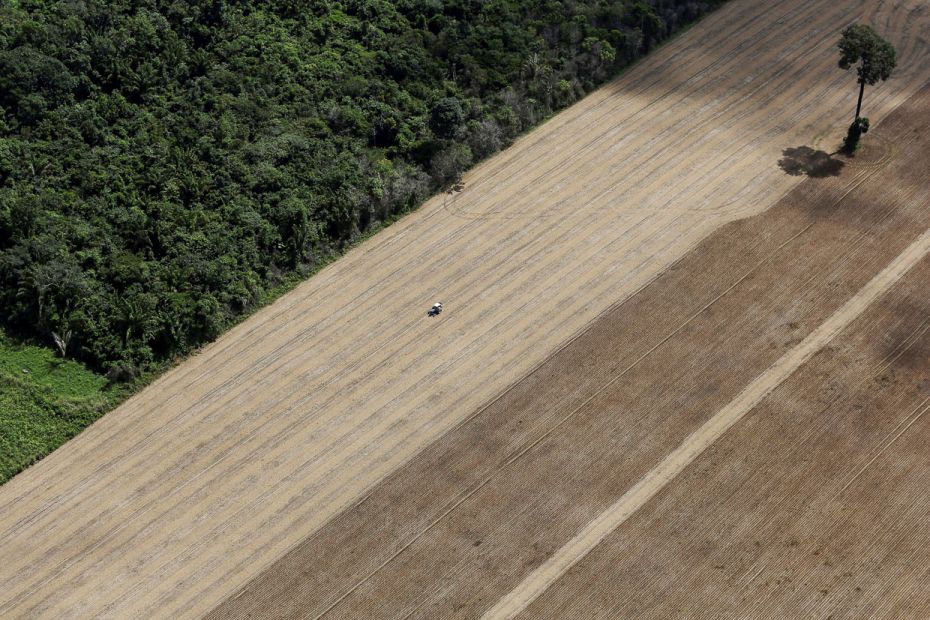
Image by : Nacho Doce / Reuters
12/14
A wheat plantation that used to be virgin Amazon rainforest near Santarem, Brazil. April 20, 2013
Ironically, the world population is growing rapidly—stats indicate about 10 billion people will be on the planet by 2050, requiring ever more food; but the amount of cultivable land is limited. Warmer temperatures have extended growth seasons in some areas and brought drought and pest to others. So, plant-breeders are experimenting with gene editing and speed breeding by tricking crops into flowering early, the goal being to create plant factories on a massive scale
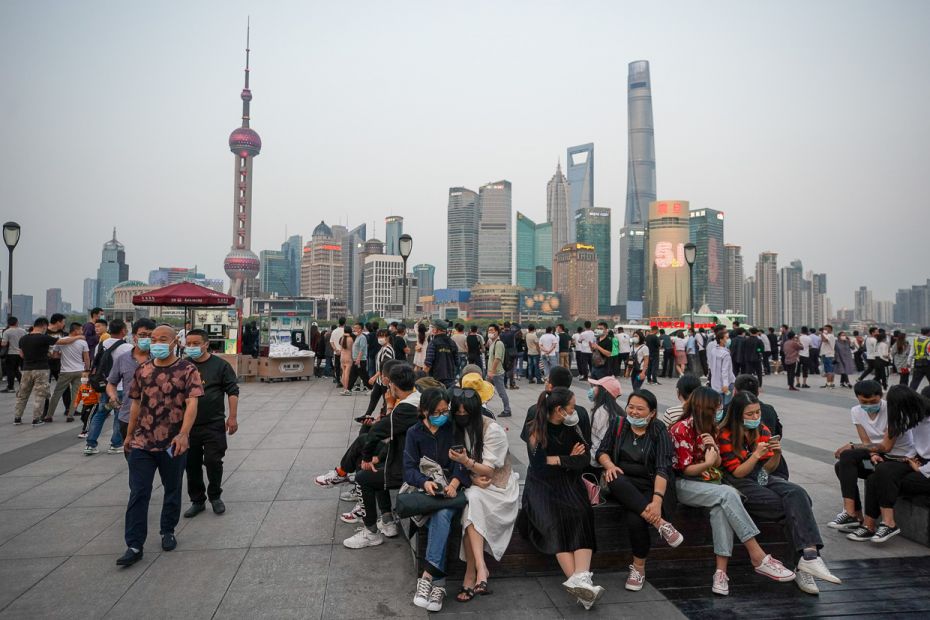
Image by : Yves Dean / Getty Images
13/14
People gather along the waterfront of the Bund in Shanghai, China. May 02, 2020
As of today, 55% of the world’s population lives in urban areas. Two in three people will be city dwellers by 2050, with the boom concentrated in India, China and Nigeria, according a report by the Population Division of the UN. The world already has 33 megacities with another 10 megacities expected to take shape by 2030, mostly in developing countries
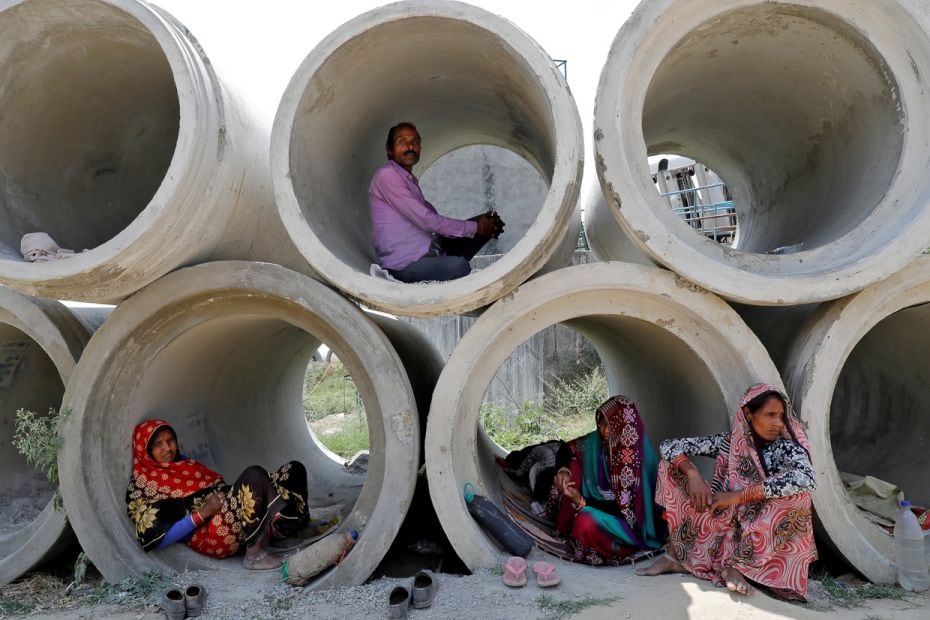
Image by : Pawan Kumar / Reuters
14/14
Migrant labourers rest during the pandemic lockdown in Lucknow, India. April 22, 2020
When people from villages migrate, compounded not only by lack of economic opportunities, but the underlying environmental stresses that displace people, only to reach the limits of adaptation, with overcrowded cities being unable to take in more migrants—a reality that has now gripped our unliveable cities—we will have reached a full circle, mistaking an end for a beginning
Data Sources: UN Population Division, Centre for Science and Environment, IPCC special
X





